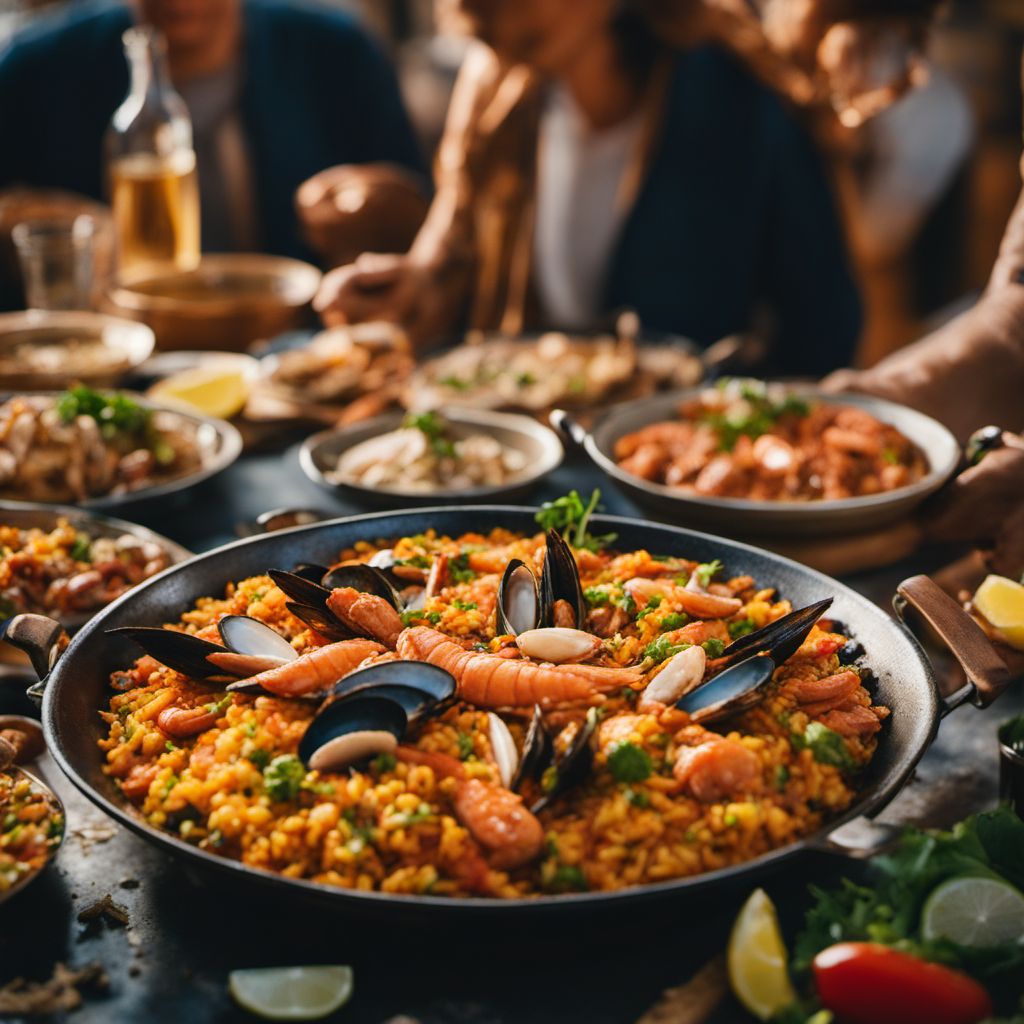
Dish
Paella de mariscos
Seafood Paella
Paella de mariscos is a classic Spanish dish that originated in the Valencia region of Spain. The dish is made by cooking saffron-infused rice with a variety of seafood, such as shrimp, mussels, and clams, as well as vegetables like tomatoes, onions, and peppers. The dish is often served as a main course and is a popular dish in Spain and other parts of the world. It is also a healthy dish, as seafood is a good source of protein and other nutrients.
Origins and history
Paella de mariscos has been a popular dish in Spain for centuries. It is believed to have originated in the Valencia region of Spain, where rice is a staple food. The dish was originally made by farmers who cooked rice with whatever ingredients they had on hand, including seafood and vegetables. Today, paella de mariscos is enjoyed throughout Spain and is often served at special occasions and celebrations.
Dietary considerations
Paella de mariscos is a healthy dish that is low in fat and high in protein. It is also gluten-free and can be made without dairy for those with lactose intolerance.
Variations
There are many variations of paella de mariscos, including ones that use different types of seafood or vegetables. Some variations also use different types of rice or seasonings to give the dish a unique flavor.
Presentation and garnishing
Paella de mariscos is often presented in a large, shallow pan. The rice is cooked with the seafood and vegetables and garnished with lemon wedges and parsley. The dish is often served hot.
Tips & Tricks
To make paella de mariscos, it is important to use fresh, high-quality seafood and vegetables. The rice should be cooked to the proper consistency and seasoned with saffron and other seasonings to give it a rich, flavorful taste.
Side-dishes
Paella de mariscos is often served with a side salad or crusty bread. It can also be served with a glass of white wine or sangria for added flavor.
Drink pairings
Paella de mariscos pairs well with white wine or sangria. The light, refreshing flavors of these beverages complement the subtle flavors of the dish.
Delicious Paella de mariscos recipes
More dishes from this category... Browse all »

Aji nigiri sushi
Japanese cuisine

Akami nigiri sushi
Japanese cuisine

Anago nigiri sushi
Japanese cuisine
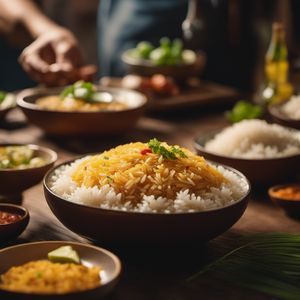
Arroz a la plancha
Spanish cuisine

Arroz a la tumbada
Mexican cuisine

Arroz al forn
Spanish cuisine
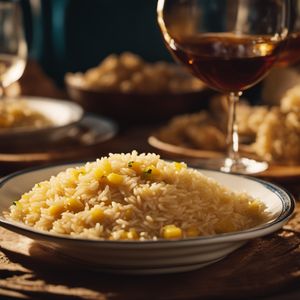
Arroz al jerez
Spanish cuisine

Arroz al olivar
Spanish cuisine
More cuisines from this region... Browse all »
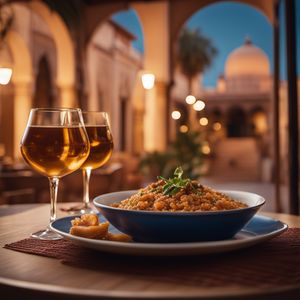
Andalusian cuisine
Bold, Spicy, Savory, Tangy, Sweet

Aragonese cuisine
Hearty, Rustic, Savory, Earthy, Aromatic

Asturian cuisine
Hearty, Savory, Flavorful, Smoky, Tangy

Balearic cuisine
Fresh, Light, Savory, Aromatic
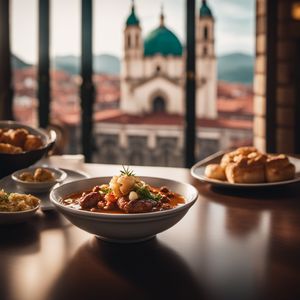
Basque cuisine
Bold, Savory, Spicy, Aromatic
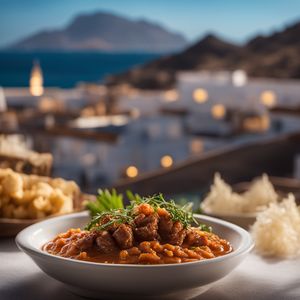
Canarian cuisine
Fresh, Light, Savory, Aromatic

Cantabrian cuisine
Salty, Briny, Fresh, Earthy, Smoky

Castilian-Leonese cuisine
Hearty, Savory, Smoky, Spicy

